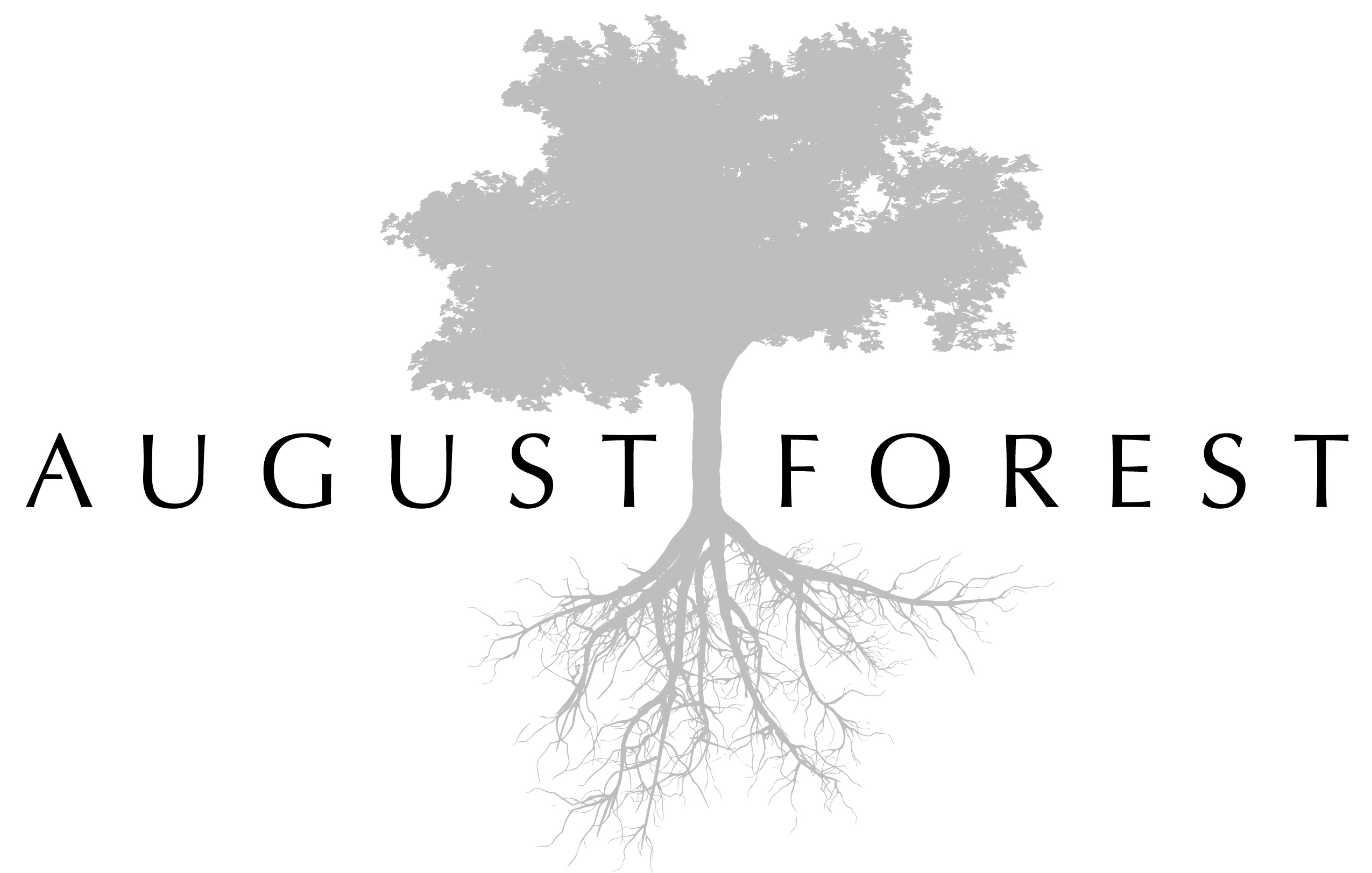Deep within the heart of the wilderness, where the trees whisper secrets and the air is thick with mystery, lies a tale that has intrigued adventurers, storytellers, and nature enthusiasts alike. The term "forest whore" may evoke curiosity, confusion, or even controversy, but it has roots in folklore, literature, and cultural narratives that have shaped human understanding of the natural world. Whether you’re here to uncover the origins of this provocative phrase, explore its significance, or simply learn something new, this article will guide you through its multifaceted dimensions. From ancient myths to modern interpretations, the forest whore represents a fascinating intersection of human imagination and the untamed beauty of nature.
The concept of the "forest whore" is not just a standalone phrase; it is a doorway into discussions about humanity's relationship with the environment, the symbolism of forests in storytelling, and the ways in which language evolves over time. As we delve deeper, we’ll examine how this term has been used in literature, folklore, and even contemporary discourse. By understanding its context, we can gain insights into the cultural and historical forces that have shaped its meaning.
Whether you're a curious reader, a nature lover, or someone seeking to understand the hidden layers of language, this article will provide a comprehensive exploration of the "forest whore." We’ll address common questions, debunk myths, and highlight the importance of preserving the stories that connect us to the natural world. Let’s embark on this journey together, unraveling the threads of history, symbolism, and human experience that make this topic so compelling.
Read also:Kenneth Mcgriff Net Worth A Comprehensive Look At His Life And Legacy
- What Does Forest Whore Mean?
- Is the Term Forest Whore Offensive?
- How Has Forest Whore Been Depicted in Literature?
- The Symbolism of Forests in Folklore
- Why Should We Care About Forest Whore Stories?
- The Role of Nature in Human Narratives
- How Can We Redefine Forest Whore in Modern Times?
- Exploring the Origins of Forest Whore in Folklore
- What Can We Learn from the Forest Whore Legacy?
- Preserving the Stories of the Forest Whore for Future Generations
What Does Forest Whore Mean?
The term "forest whore" has a complex and layered history. In some contexts, it refers to a character or archetype in folklore who embodies the wild, untamed aspects of nature. This figure is often depicted as a seductive or enigmatic presence, luring travelers into the depths of the forest. The word "whore" in this context does not necessarily carry its modern connotations of judgment or morality; instead, it serves as a descriptor for someone who defies societal norms and embraces the freedom of the natural world.
In literature, the forest whore might represent themes of liberation, temptation, or the duality of human nature. She is a symbol of both danger and allure, challenging those who encounter her to confront their deepest fears and desires. By examining the origins of this term, we can better understand how it has been used to explore the human psyche and our connection to the environment.
Is the Term Forest Whore Offensive?
One of the most common questions surrounding the term "forest whore" is whether it is offensive or inappropriate. The answer depends on the context in which it is used. In historical and literary contexts, the phrase is often employed as a metaphor rather than a literal description. However, in modern usage, it can carry negative connotations due to the stigma associated with the word "whore."
To determine whether the term is offensive, it is essential to consider the intent and audience. When used thoughtfully and respectfully, the phrase can serve as a powerful tool for storytelling and cultural exploration. However, when used carelessly, it risks perpetuating harmful stereotypes and misunderstandings.
How Has Forest Whore Been Depicted in Literature?
The "forest whore" archetype has appeared in various forms throughout literary history. In some stories, she is a mystical figure who guides lost souls through the wilderness, while in others, she is a temptress who leads them astray. These depictions often reflect the cultural values and fears of the societies in which they were created.
- In medieval literature, the forest whore might represent the dangers of straying from the path of righteousness.
- In Romantic poetry, she symbolizes the beauty and mystery of nature, untouched by human corruption.
- In modern fiction, the term is sometimes reclaimed as a symbol of empowerment and rebellion against societal constraints.
The Symbolism of Forests in Folklore
Forests have long been a powerful symbol in folklore, representing both sanctuary and peril. They are places of transformation, where characters undergo trials that reveal their true nature. The forest whore, as a figure within this symbolic landscape, embodies the tension between civilization and wilderness.
Read also:Exploring Free Undress Ai A Comprehensive Guide
In many tales, the forest whore serves as a guide or guardian, challenging protagonists to confront their fears and desires. Her presence often marks a turning point in the narrative, forcing characters to make difficult choices that shape their destinies.
Why Should We Care About Forest Whore Stories?
Stories about the "forest whore" offer valuable insights into the human experience. They explore universal themes such as identity, morality, and the relationship between humans and nature. By engaging with these narratives, we can deepen our understanding of ourselves and the world around us.
Moreover, these stories remind us of the importance of preserving cultural heritage. Folklore and mythology are rich sources of wisdom, passed down through generations to teach lessons and inspire reflection. By keeping these tales alive, we ensure that future generations can learn from them.
The Role of Nature in Human Narratives
Nature has always played a central role in human storytelling. From ancient myths to contemporary novels, the natural world serves as a backdrop for exploring the complexities of life. The forest whore is just one example of how nature is personified in these narratives, embodying both its beauty and its dangers.
By examining the role of nature in storytelling, we can better appreciate the ways in which it shapes our perceptions and values. Whether as a source of inspiration, a setting for adventure, or a symbol of the unknown, nature continues to captivate our imaginations.
How Can We Redefine Forest Whore in Modern Times?
In today’s world, the term "forest whore" can be redefined to reflect contemporary values and perspectives. Rather than being seen as a derogatory label, it can be reclaimed as a celebration of individuality and connection to nature. This shift requires a deeper understanding of the term’s history and a willingness to challenge outdated assumptions.
By embracing the forest whore as a symbol of empowerment, we can inspire others to embrace their own wild, untamed spirits. This reimagining allows us to find new meaning in old stories and to create narratives that resonate with modern audiences.
Exploring the Origins of Forest Whore in Folklore
The origins of the "forest whore" can be traced back to ancient myths and legends. In many cultures, forests were seen as liminal spaces, where the boundaries between the human and natural worlds blurred. The forest whore emerged as a figure who embodied this ambiguity, challenging societal norms and expectations.
By studying these early depictions, we can gain a deeper appreciation for the ways in which folklore reflects the values and fears of its time. These stories continue to influence modern interpretations of the forest whore, shaping how we understand her role in contemporary culture.
What Can We Learn from the Forest Whore Legacy?
The legacy of the "forest whore" offers valuable lessons about the power of storytelling and the importance of preserving cultural traditions. By examining her role in folklore and literature, we can uncover insights into human nature and the ways in which we relate to the world around us.
These stories remind us of the need to respect and protect the natural world, which has long served as a source of inspiration and wisdom. They also encourage us to embrace our own complexity, recognizing that we are all shaped by the forces of nature and culture.
Preserving the Stories of the Forest Whore for Future Generations
To ensure that the stories of the "forest whore" continue to inspire and educate, it is essential to preserve them for future generations. This involves not only documenting these tales but also sharing them in ways that resonate with modern audiences.
By adapting these narratives to contemporary contexts, we can keep them relevant and meaningful. Whether through literature, film, or other forms of media, the forest whore’s legacy can continue to captivate and challenge us, reminding us of the enduring power of storytelling.

